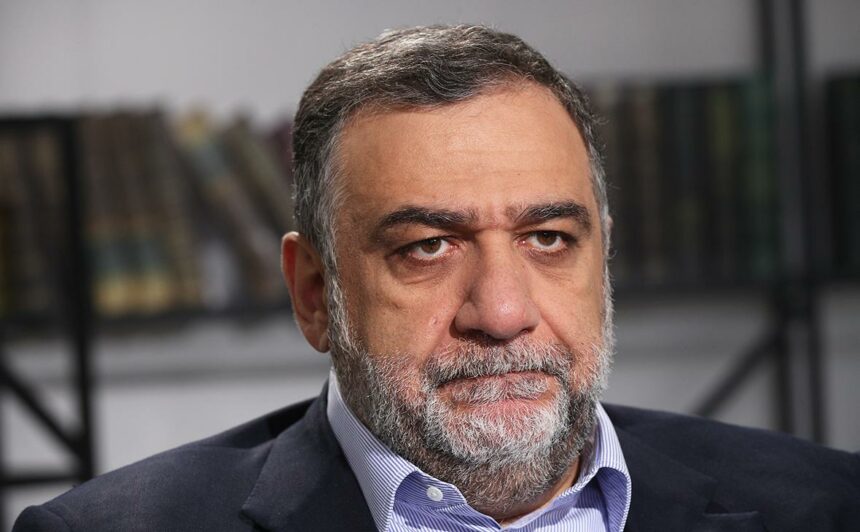
Deniz ÜNVER
Independent Researcher
The dispute in Karabakh continues to be one of the hot and unsolved conflicts in the South Caucasus. Even after the cease-fire agreement of 9 November 2020, the skirmishes continue. On March 5, Russia issued a statement which claims that a skirmish took place between the two sides in Karabakh, and there were casualties from both sides[1]. Azerbaijan reflected the claim that Russia started the shooting. However, shots and clashes occur periodically in the region, and this highlights the unstable situation of Karabakh.
In order to evaluate the situation in Karabakh, the history of the Karabakh Conflict has to be known. The Karabakh conflict started even before the dissolution of the USSR in 1991. Armenia had demanded the region from Azerbaijan, in an unsuccessful way, in the 1920s, 1930s, 1940s and 1960s[2]. Then, the Karabakh conflict resurfaced again in August 1987, as the Armenian Academy of Sciences claimed the Karabakh and Nakhchivan regions[3]. The clashes between Azerbaijanis and Armenians continued, primarily unknown from a broader public view, from 1988 to 1991[4].
By the end of 1993, the entire Karabakh and seven other regions of Azerbaijan, which meant nearly 20 per cent of the Azerbaijani territory, were occupied by the Armenian forces[5]. It has to be emphasized that Russia, which has already based its troops in Armenia, has assisted the Armenian side with weapons until the fall of 7 administrative districts of Azerbaijan and the whole Karabakh[6]. The UNSC published four resolutions on April 30, July 29, October 14 and November 12, 1993[7], which condemned the illegal annexation of the Azerbaijani land and demanded the withdrawal of the Armenian troops from the Azerbaijani regions, Kelbadjar, Agdam, Lachin, Fuzuli, Jabrayil, Qubad, and Zangilan[8]. On May 12, 1994, the sides signed the Karabakh ceasefire agreement in Bishkek, Kyrgyzstan[9].
After that time, the OSCE Minsk Group, in which the US, Russia and France co-chaired, prepared several proposals in order to end the conflict[10]. Nevertheless, none of those were accepted by the two sides[11].
However, 2016 was a turning point for Azerbaijan in the Karabakh Conflict. 2016, which marked the history with four days of the war in Karabakh, was the peak of the escalation between the sides[12]. With the four days war, Azerbaijan liberated part of its occupied regions from Armenian forces[13]. Those liberated regions were the hills around Talish Village, Seysulan village of Terter District, Lala Hill, Cocuq Marjanli Village of Jabrail District, Gulustan Village of Goronbay District and finally, Madaqız Village of Terter District[14].
The end of 2020 marked another turning point for the South Caucasus. With the Second Karabakh War, which started on September 27, 2020, and lasted 44 days, Azerbaijan has taken back its occupied regions after 30 years[15]. This was an absolute victory for Azerbaijan, conversely an absolute defeat for Armenia.
The status of Karabakh for 30 years remained in a de-facto state. For 30 years, Russia sought that de-facto state as a tool between Yerevan and Baku. In this context, Russian-Armenian philanthropists maintained their interests in the Karabakh and made close contact with the leaders of the separatist regime which sometimes interpreted as a kind of Russian intervention[16].
After 2020 Karabakh war, Arayik Harutyunyan, the current leader of the separatist regime, faced with another challenge from Russia. In September 2022, the Russian-Armenian billionaire businessman and philanthropist Ruben Vardanyan declared that he had renounced his Russian citizenship and decided to move to Karabakh[17]. In October, he was given the status of state minister of Karabakh. Shortly after coming to power, he consolidated his status as the state minister by removing the territory’s de facto cabinet ministers[18]. Therefore, he repeatedly stated that “Armenians around the world” must stand with Karabakh Armenians.
On late February 2023, he was removed from his position as the state minister in the de facto government of the Karabakh region, serving less than four months.[19]. Most of his time on duty passed with confronting Azerbaijan for advocating secession and claiming independence.
His removal from the state minister title can be considered as a positive development for Karabakh and Azerbaijan. Vardanyan was criticized by Baku several times. Indeed, it can be said that, Vardanyan’s appointment to the state minister of Karabakh enraged Azerbaijan, which views him as a Russian agent who undermines the peace efforts of the Azerbaijani government[20]. It was told by the Azerbaijani President, İlham Aliyev, that, “We are ready to talk about that Armenians, who live in Karabakh, not with those who have been sent from Moscow hiding in their pockets billions of stolen money from Russian people, like a person called Vardanyan who was transferred from Moscow there with an apparent agenda[21].” The words of President Aliyev even found a place in Armenian media, which published that the removal of Vardanyan was a requirement by Azerbaijan to sit on the negotiation table[22].
It has to be noted that President Aliyev can not be proven wrong in his words about Vardanyan. First of all, Vardanyan’s connection with Russia is exceedingly apparent when one lookes at his profile. Vardanyan was the former Chief Executive officer of the Troika Dialog Investment Bank of Russia.[23]. In addition to this, Forbes has suggested that Vardanyan is one of the founders of Russia’s stock markets[24].
Vardanyan has not done anything to remove this suspicion; in particular, he pursued his consistent position on the Russian peacekeeping force to remain in Karabakh[25]. In this sense, Vardanyan’s link with Russia and Russia’s position in Karabakh is clear.
For those reasons, the removal of Vardanyan has eliminated a severe impediment in Armenian-Azerbaijani relations[26]. From now on, the sides can start the dialogue on the Karabakh issue.
In general, it can be concluded that Russia has always pursued an unreliable attitude towards the Karabakh Conflict. In addition to favoring Armenia in many cases while supplying both sides with weapons, Russia tried to pursue its influence in the region by appointing Russia-connected officials. This attitude has not, in any way, contributed to the Karabakh Conflict's solution. However, Karabakh, which Armenia illegally occupied, is within the territory of Azerbaijan. As such, Russia has the obligation to honor international law, also in Karabakh.
*Photograph: Ruben Vardanyan - Source: https://aze.media/what-orders-did-vardanyan-get-from-the-russian-intelligence-service/
[1] Burç Eruygur, “Russia calls on Azerbaijan, Armenia to defuse tensions in Karabakh region”, Anadolu Agency, March 6, 2023, https://www.aa.com.tr/en/europe/russia-calls-on-azerbaijan-armenia-to-defuse-tensions-in-karabakh-region/2838555
[2] Ali Askerov, "The Nagorno Karabakh Conflict." Post-Soviet conflicts: The thirty years’ crisis 55 (2020), p. 57.
[3] Askerov, "The Nagorno Karabakh Conflict," p. 57.
[4] Ibid, p. 60.
[5] Ibid, p. 55.
[6] Ibid, p. 59.
[7] Ibid, p. 60.
[8] Ibid, p. 60.
[9] Ibid, p. 62
[10] Ibid, p. 55-56
[11] Ibid,
[12] Rovshan Ibrahimov and Mehmet Fatih Oztarsu, “Causes of the Second Karabakh War: Analysis of the Positions and the Strength and Weakness of Armenia and Azerbaijan,” Journal of Balkan and Near Eastern Studies 24, no. 4 (2022): 595–613. https://www.tandfonline.com/doi/abs/10.1080/19448953.2022.2037862
[13] Ibid.
[14] Askerov, "The Nagorno Karabakh Conflict," p. 74.
[15] Ibrahimov and Oztarsu. “Causes of the Second Karabakh War: Analysis of the Positions and the Strength and Weakness of Armenia and Azerbaijan.”
[16] Eduard Abrahamyan, “Is Russia Cultivating ‘Symmetric Separatism’ in Karabakh?” 5 June 2019, https://jamestown.org/program/is-russia-cultivating-symmetric-separatism-in-karabakh/.
[17] Joshua Kucera, “Amid blockade, spotlight falls on Karabakh’s new, enigmatic leader”, Eurasianet, January 13, 2023, https://eurasianet.org/amid-blockade-spotlight-falls-on-karabakhs-new-enigmatic-leader
[18] Ibid.
[19] Ibid.
[20] Joshua Kucera, “Vardanyan’s ouster raises as many questions as his arrival”, Eurasianet, February 27, 2023, https://eurasianet.org/amid-blockade-spotlight-falls-on-karabakhs-new-enigmatic-leader
[21] Kucera, “Amid blockade, spotlight falls on Karabakh’s new, enigmatic leader”.
[22] “Former Russian Businessman Removed From Top Separatist Post Of Nagorno-Karabakh”, Radio Free Europe, February 23, 2023, https://www.rferl.org/a/former-russian-businessman-removed-nagorno-karabakh/32285040.html
[23] Ibid.
[24] Ibid.
[25] Kucera, “Amid blockade, spotlight falls on Karabakh’s new, enigmatic leader”.
[26] Kucera, “Vardanyan’s ouster raises as many questions as his arrival”.
© 2009-2025 Avrasya İncelemeleri Merkezi (AVİM) Tüm Hakları Saklıdır
Henüz Yorum Yapılmamış.
-
 AVRUPA'DA ENERJİ KRİZİ VE TÜRKMEN GAZI: SORUN MU, ÇÖZÜM MÜ? - 09.01.2023
AVRUPA'DA ENERJİ KRİZİ VE TÜRKMEN GAZI: SORUN MU, ÇÖZÜM MÜ? - 09.01.2023
Deniz ÜNVER 09.01.2023 -
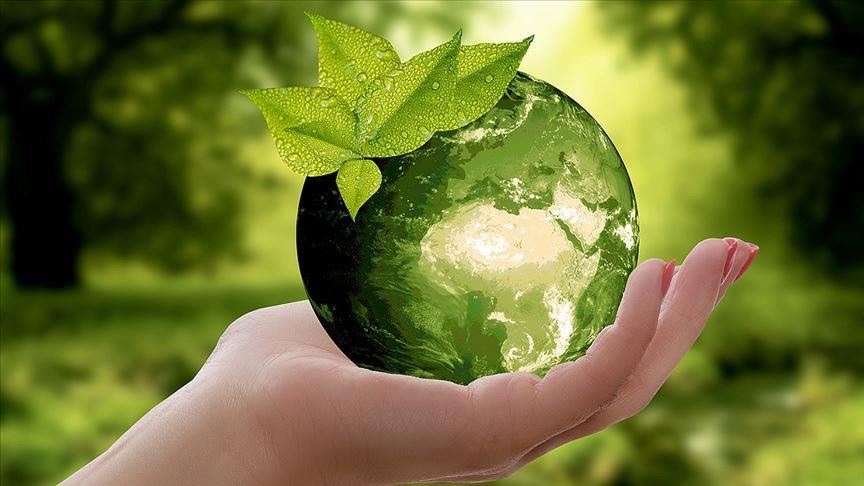 THE GREEN POLICY OF TÜRKİYE AND ITS PROGRESS - 23.10.2023
THE GREEN POLICY OF TÜRKİYE AND ITS PROGRESS - 23.10.2023
Deniz ÜNVER 23.10.2023 -
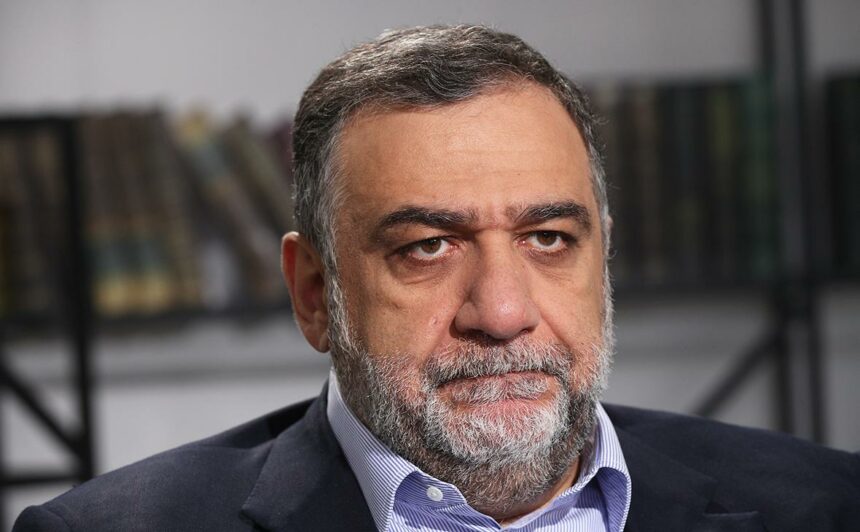 KARABAĞ'IN DURUMU VE RUSYA'NIN KARABAĞ SORUNUNA İLİŞKİN TUTUMU - 16.03.2023
KARABAĞ'IN DURUMU VE RUSYA'NIN KARABAĞ SORUNUNA İLİŞKİN TUTUMU - 16.03.2023
Deniz ÜNVER 16.03.2023 -
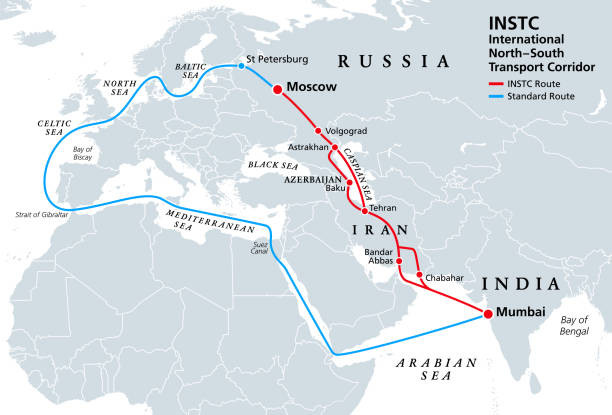 INTERNATIONAL NORTH-SOUTH TRANSIT CORRIDOR (INSTC) - 06.07.2023
INTERNATIONAL NORTH-SOUTH TRANSIT CORRIDOR (INSTC) - 06.07.2023
Deniz ÜNVER 06.07.2023 -
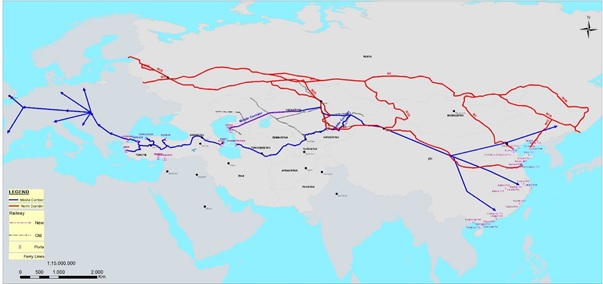 MIDDLE CORRIDOR AND ITS POTENTIAL ADVANTAGES - 11.10.2022
MIDDLE CORRIDOR AND ITS POTENTIAL ADVANTAGES - 11.10.2022
Deniz ÜNVER 11.10.2022
-
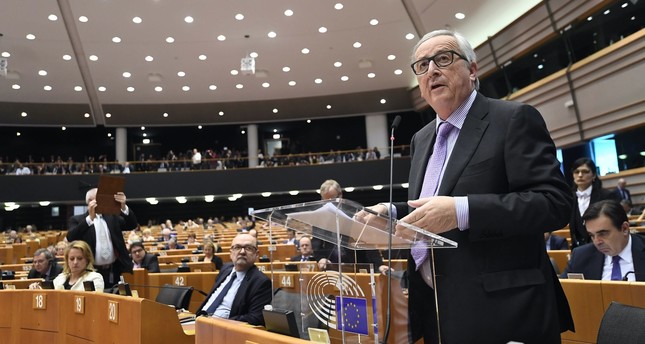 HALF-HEARTED EU ENLARGEMENT IN THE BALKANS - DAILY SABAH - 14.05.2018
HALF-HEARTED EU ENLARGEMENT IN THE BALKANS - DAILY SABAH - 14.05.2018
Teoman Ertuğrul TULUN 16.05.2018 -
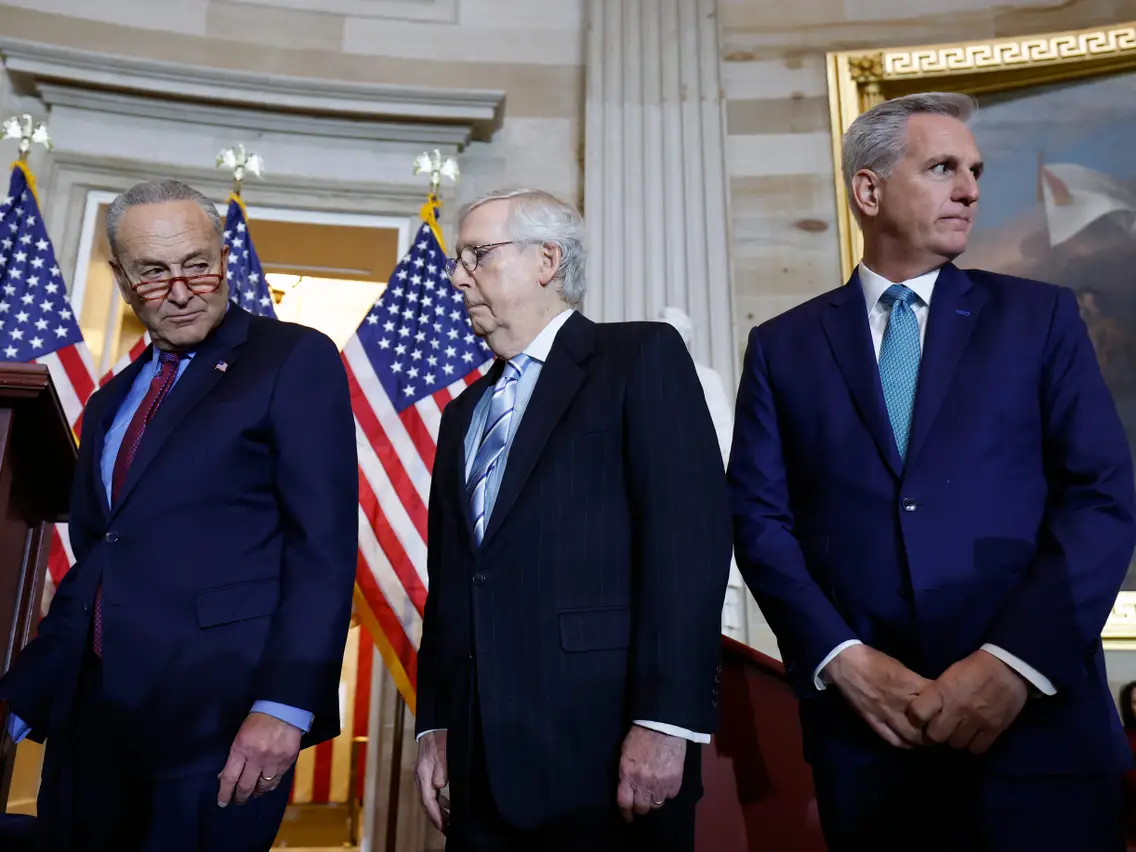 US DEBT CEILING - 14.06.2023
US DEBT CEILING - 14.06.2023
Deniz ÜNVER 14.06.2023 -
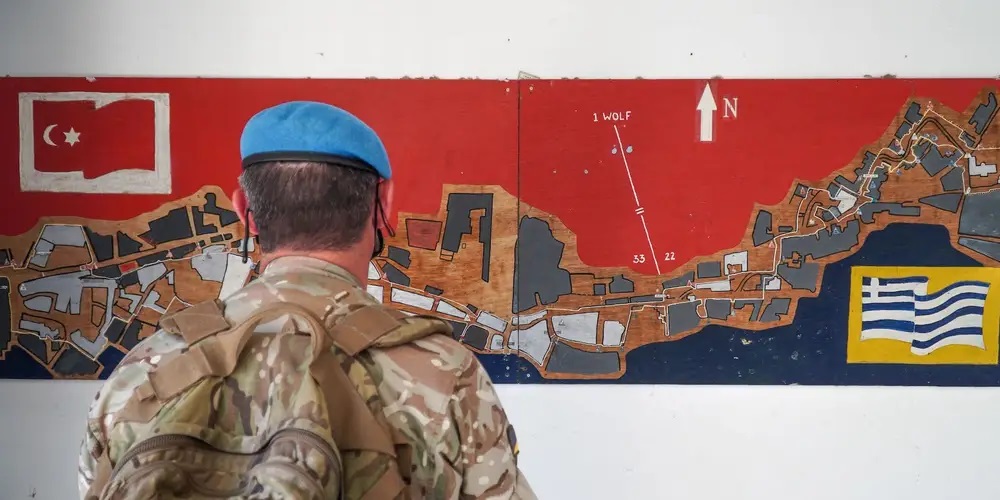 HOW EFFECTIVE ARE UN MISSIONS? THE CASE OF A CONTROVERSIAL UNFICYP RESOLUTION - 16.10.2023
HOW EFFECTIVE ARE UN MISSIONS? THE CASE OF A CONTROVERSIAL UNFICYP RESOLUTION - 16.10.2023
Şakir FAKILI 16.10.2023 -
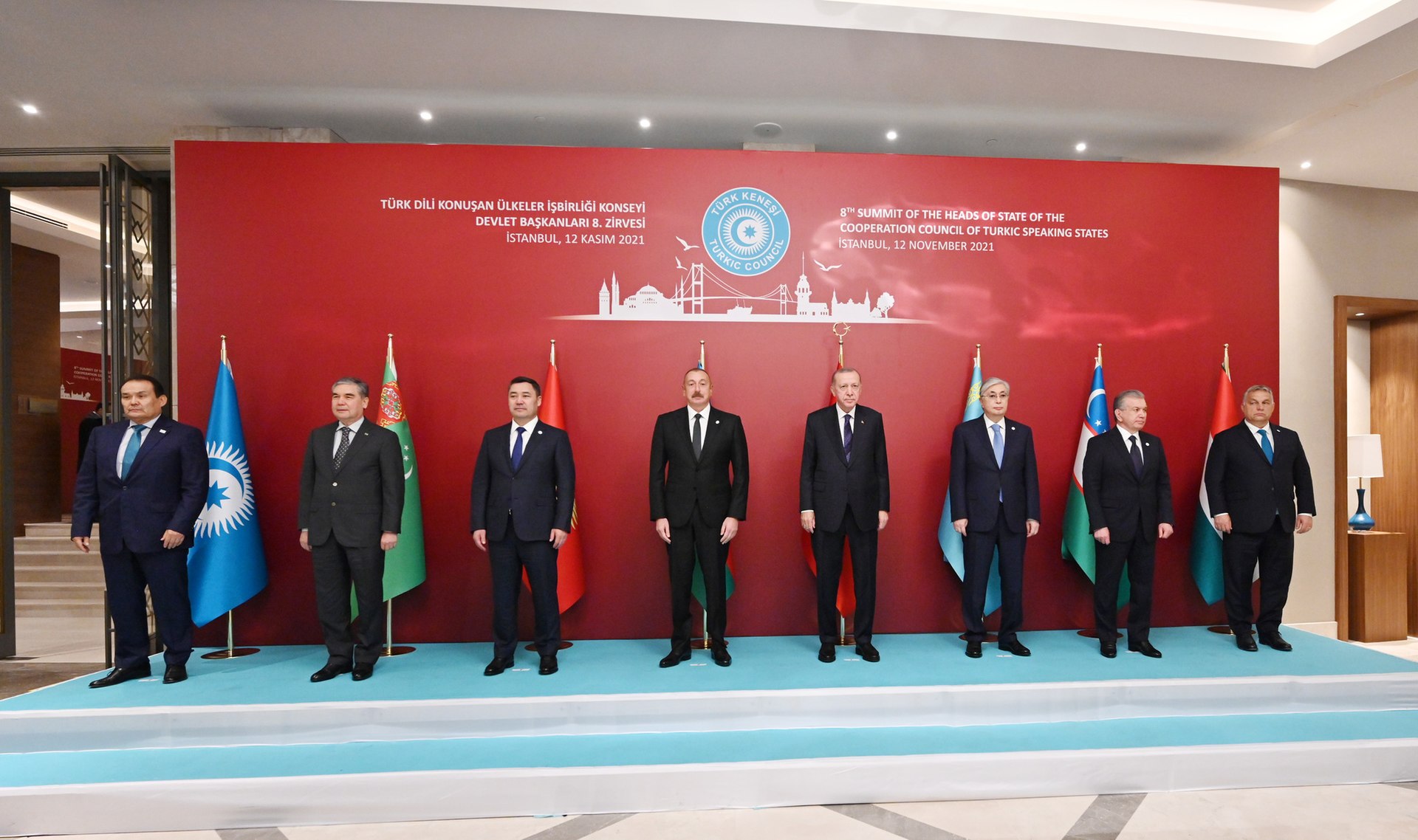 TÜRKLERİN BİRLİĞİ VE BİRLİK DUYGUSUNUN SANCISI - 21.11.2021
TÜRKLERİN BİRLİĞİ VE BİRLİK DUYGUSUNUN SANCISI - 21.11.2021
Alparslan ÖZKAN 26.11.2021 -
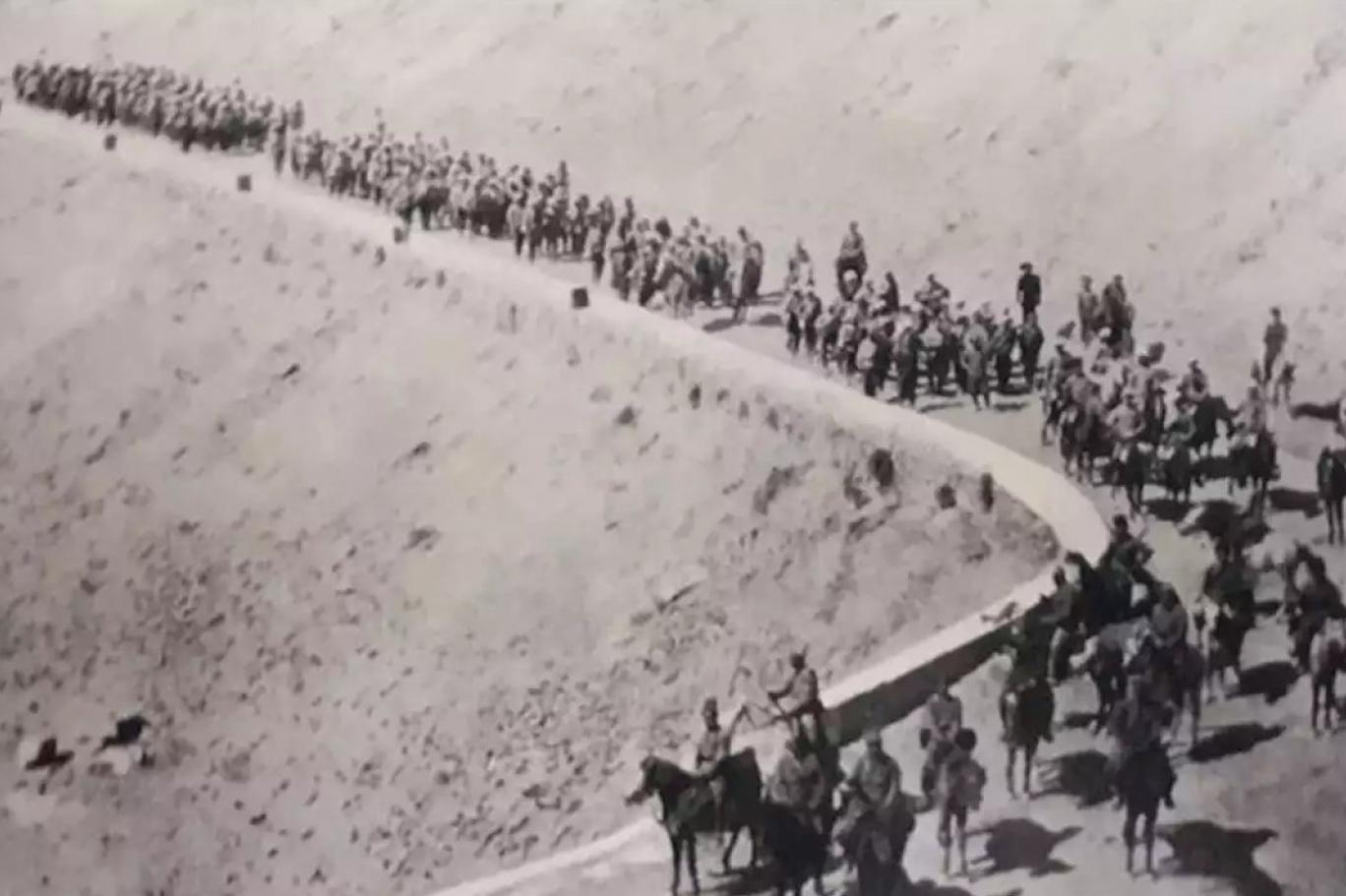 KÖR HAFIZANIN ESARETİ: TÜRK-ERMENİ İLİŞKİLERİNİ YENİDEN DÜŞÜNMEK - THE INDEPENDENT - 20.06.2021
KÖR HAFIZANIN ESARETİ: TÜRK-ERMENİ İLİŞKİLERİNİ YENİDEN DÜŞÜNMEK - THE INDEPENDENT - 20.06.2021
Kemal ÇİÇEK 05.07.2021


